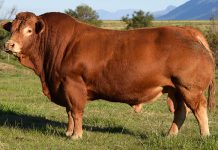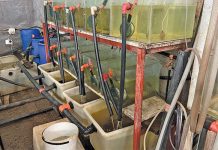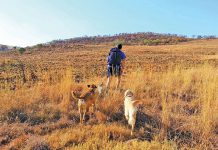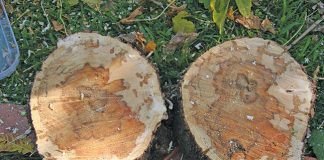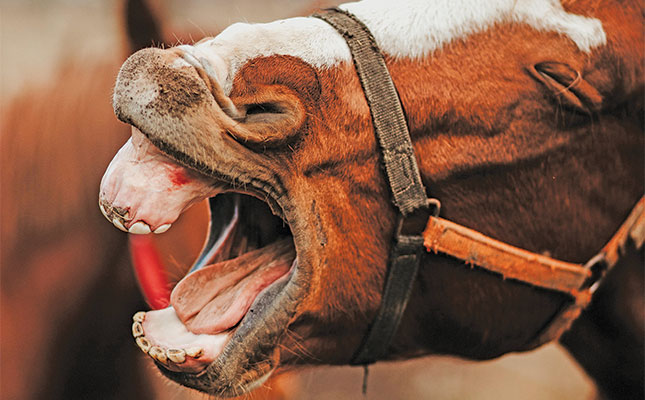
Photo: Pixabay
Like human teeth, horse teeth continue to grow throughout their lives, so it’s a good idea for every horse to be examined by an equine dentist at least annually. It’s particularly important in riding horses, as the head position and the bit can cause dental pressures that are different to the pressure caused by biting off grass and chewing it.
A dental technique known as ‘bit seating’ is often used in race and show horses to prevent the bit from bumping against the upper- and lower-first molars. Unfortunately, perhaps because retired race horses are the most common breed used in equestrian events, this technique is often used routinely by equine dentists.
What is bit seating?
Bit seating is, quite simply, the bevelling and smoothing of the front part of the first molar, and should be a routine part of every basic float and balance.
In every horse’s mouth there is a space that separates the incisors from the molars. This space is covered with soft, tender and loose skin, commonly known as ‘the bars’.
This skin can easily get pinched between the bit and the first molar if the tooth is not properly rounded off. Rounding the front of the first molar also prevents the soft tissue of the lips from being drawn back and pinched.
It is a very good idea in dressage, jumping and carriage horses, particularly those ridden in a snaffle or double bridle. It isn’t very painful but does allow a dentist to charge extra for the procedure.
Not all Breeds need it
Bit seating, however, isn’t needed in all breeds and types of riding horses. It was typically used in draft and carriage horses at a time when these were the main form of transport.
Today, it’s best to use bit seating for all breeds competing in classical dressage and showjumping, mainly because judges are all for ‘collection’ on a tight rein.
However, the Western disciplines and endurance riding are done with a free head carriage, in balance with the rider, and open mouths with flared nostrils are an advantage to suck in more oxygen when the horse is working at high speed in a reining class or is expected to cover many kilometres a day in endurance.
These horses do not need bit seating dentistry, nor do broodmares and weaned colts.
Problems with bit seating
Incorrect bit seating can cause pain and severe tooth problems in horses. Dentists currently use mechanical drills and rasps on horse teeth.
There are four ‘first molar’ teeth in a horse’s mouth: one at the top and one at the bottom on each side. In older horses in particular, the gums tend to cover the sides of the teeth and can easily be damaged.
This affects the appetite of the horse and can lead to a low-grade infection. Poor chewing due to pain can also precipitate colic, as the hay is not well masticated. This can cause blockages in the digestive tract, as well as stomach ulcers.
In addition to gum disease, molar bit seating can result in damage to the tooth itself, leading to tooth decay, and sometimes even a fractured tooth.
The infection can go down into the jawbone, causing an abscess or even a fracture in chronic cases.
Dr Mac is an academic, a practising equine veterinarian and a stud owner.


